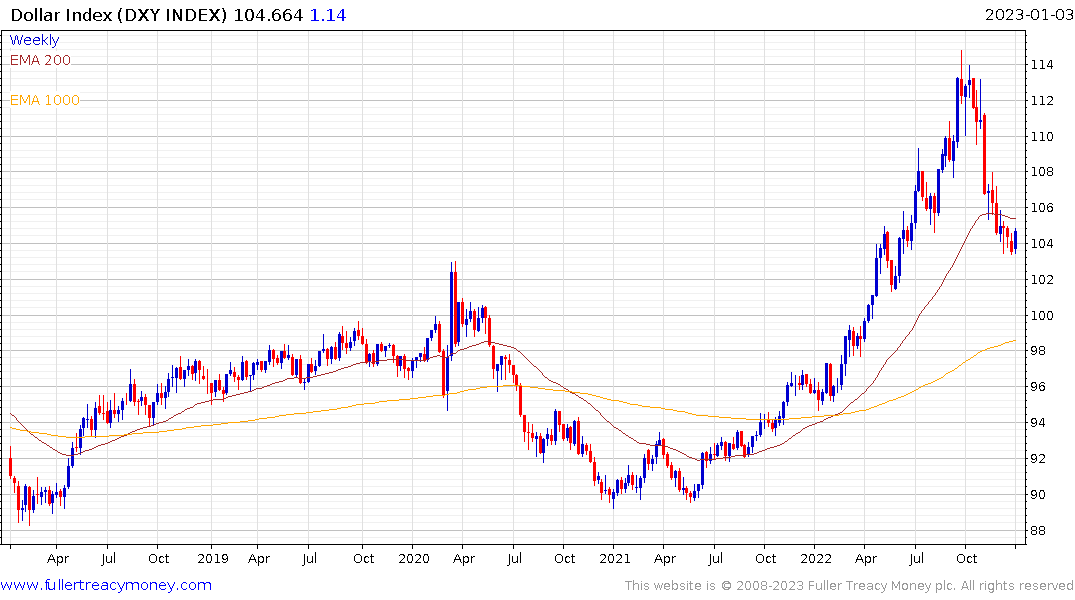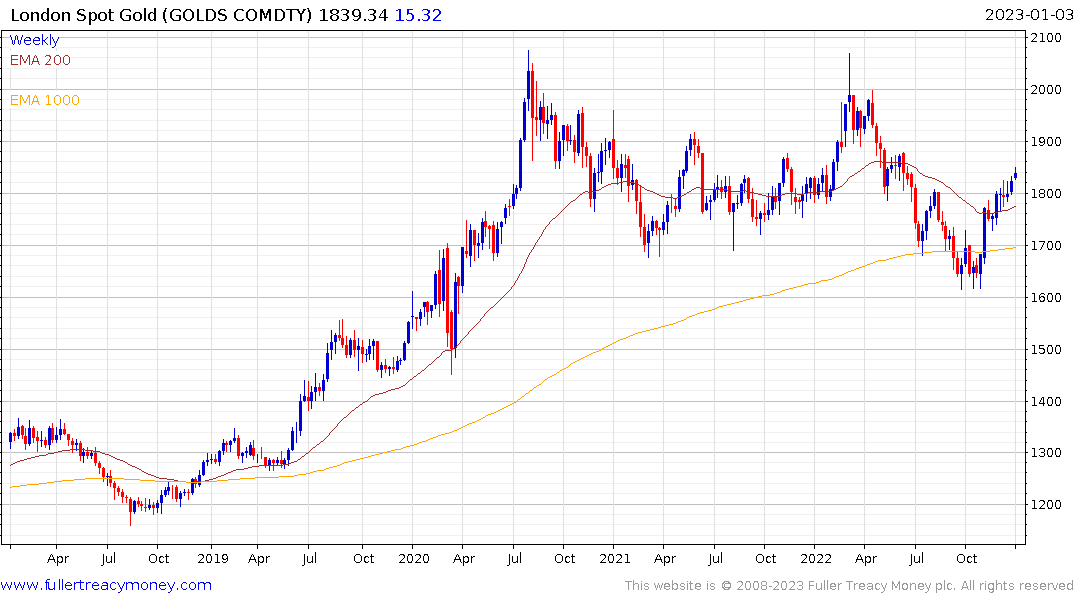War and Currency Statecraft
Thanks to a subscriber for this report by Zoltan Pozsar for Credit Suisse. Here is a section:
Here is a link to the full report.
The ugly part of BRICSpansion is that the one thing that the BRICS are most aligned on is the de -dollarization of their fast -growing, bilateral trade flows, and so “BRICSpansion = more de -dollarization ”. The map of BRICSpansion here, together with the map of Brzezinski’s “nightmare” above (do read the book), suggests that the drive to de -dollarize intra -BRICS trade and soon intra -BRICS+ trade will speed up. Don’t tell me that doesn’t threaten the dollar’s supremacy, or that it won’t hurt the “exorbitant privilege”. “Our currency, your problem” – pushed too far with sanctions – boomeranged. Secretary Jack Lew was right when in 2016 he said that “the more we condition the use of the dollar and our financial system on adherence to U.S. foreign policy, the more the risk of migration to other currencies and other financial systems in the grows”. Indeed.
Today, the migration Secretary Lew warned about is on with full force, and Brad Setser’s recent blog, “The New Geopolitics of Global Finance ”, describes how the flows have changed. Among current and aspiring BRICS members, current account surpluses are at a record, but dollars aren’t being put into Treasuries but are used for geopolitical ends – China, Russia, and Saudi Arabia are becoming bankers to EM countries dealing with crushing dollar debts: Russia is funding Turkey, China is funding Russia (see graph 5.4 here), the Saudis and the GCC are providing more financing to Egypt than the IMF, and China and Saudi Arabia are providing funds to Pakistan as per Brad’s blog.
The topic of geopolitics and the world order is endlessly surprising because it does not submit readily to a formulaic approach. In fact, it is just when one thinks the future is most visible, that events transpire to muddy the outlook.
The weaponization of the Dollar is a new phenomenon. The reaction by countries susceptible to that weapon has been to seek an alternative. Since no real alternative exists they need to build one. The point that central bank digital currencies are being championed by China and others for this reason is well made.
To counter that development, the USA has a clear incentive to make the Dollar as desirable as possible. More than any other single factor, that supports the view the Fed will keep rates higher for longer. However, it also means returning to a “our currency, our problem” mindset which would require bringing inflation and spending under control. Failure to accomplish either of those tasks risks ceding reserve currency status to China’s nascent international financial system.
At least for now, the Federal Reserve is looking to close the mismatch between available jobs and the size of the workforce by reducing the size of the economy until the divergence is corrected. That’s not a recipe for a shallow recession.
The consensus remains they will inevitably pivot back to outsized money printing. However, we need to consider whether that is likely. I don’t doubt rates will be cut and money printed to blunt the upcoming recession. The big question is how long that extra liquidity will be left in the system? Maybe it comes out much sooner than in previous cycles to forestall inflationary pressures and to necessarily support the Dollar?


The Dollar Index steadied today from the region of the 200-day MA. Interestingly gold continues to hold its breakout even with Dollar strength. The clear conclusion is investors are looking for a hedge against currencies that will be used as weapons (both up and down) during an increasingly tense global environment.


